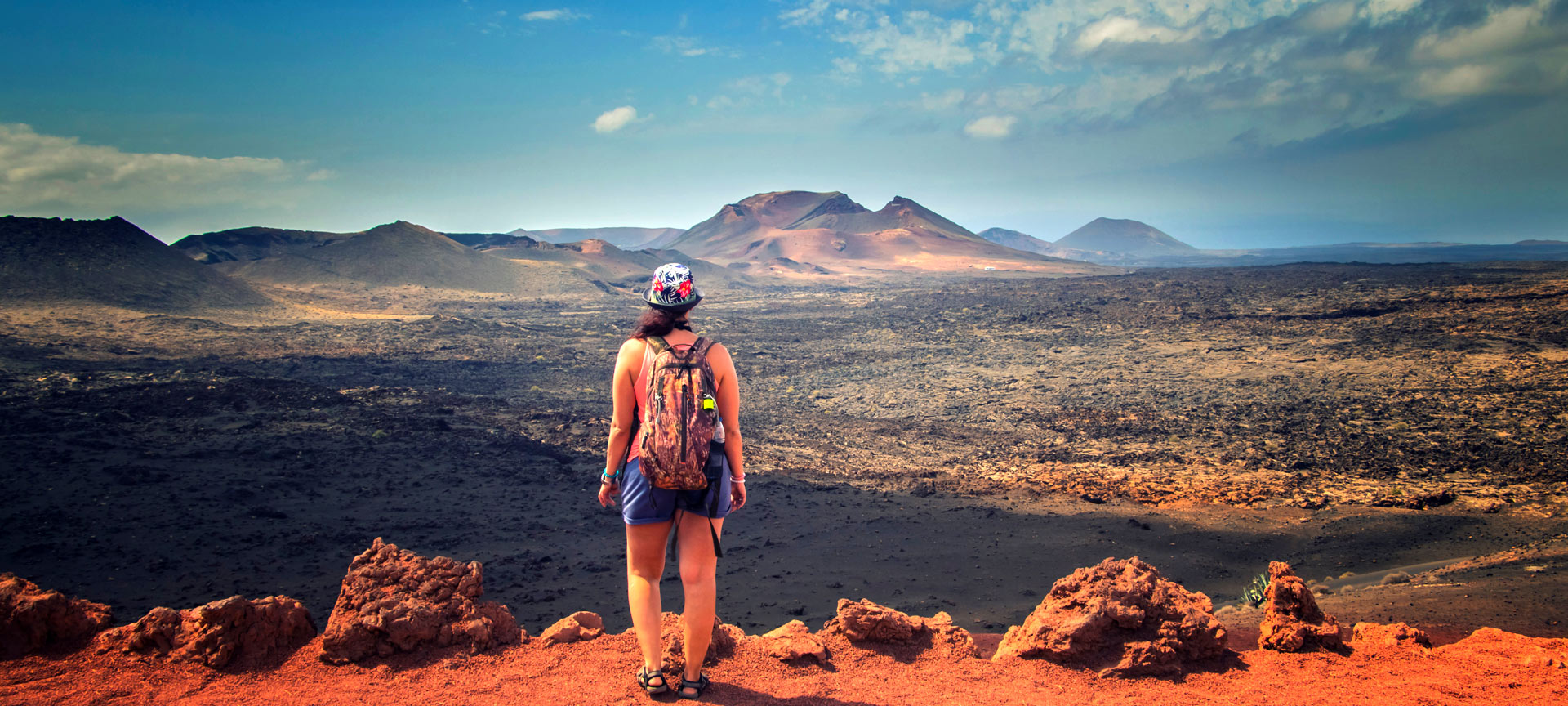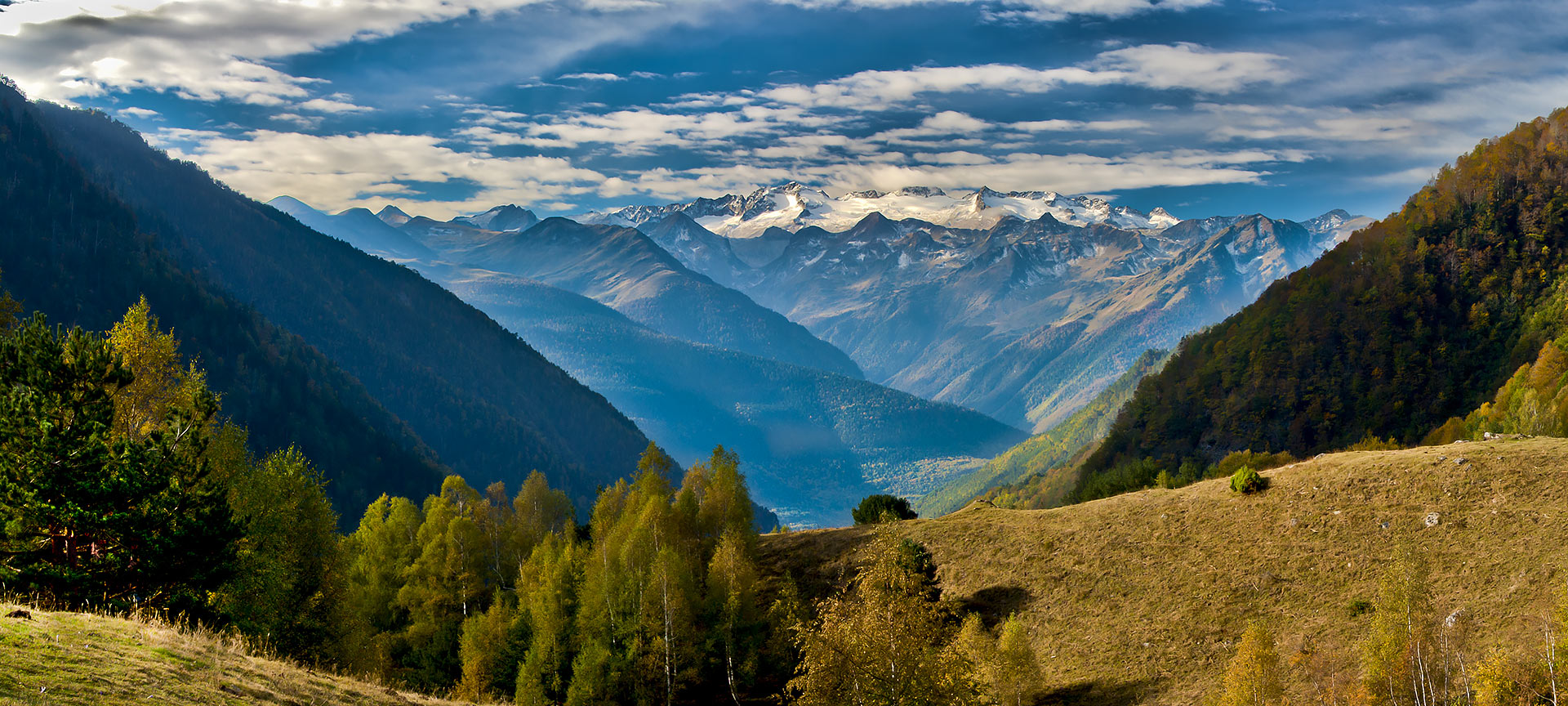
One of the best places in the world to enjoy the universeDid you know that the Canary Island of La Palma is also one of the best places in the world for stargazing? The island known as the "Isla Bonita” (Beautiful Island) is the first Starlight Reserve in the world. Consequently, it is protected, in order to avoid light pollution. In addition, it has been a Starlight Tourist destination since 2012. What does this mean? That you will be able to carry out a multitude of activities where you contemplate the universe, while respecting the environment at the same time. If you have always dreamed of observing other planets or even other galaxies or if you want to see inside one of the most important telescopes in the world, La Palma is your destination. Come and check out this Biosphere Reserve where you’ll practically be able to touch the stars with your hands.
-

Visit the Roque de los Muchachos visitor centre and the Roque de los Muchachos area
This is a modern visitor centre, located on Roque de los Muchachos itself. It brings its visitors closer to astronomy, the fascinating work carried out at the Roque de los Muchachos Observatory and the history of this science on the island. The Roque de los Muchachos area is a must on "La Isla Bonita" due to its natural beauty, particularly in spring when there is an explosion of colour with seasonal blooms. You can glimpse the telescopes that are part of this giant of astronomy and enjoy great and spectacular views from the very Roque de los Muchachos. Keep in mind that the access road to this last point is closed at night since it is a work zone.
-
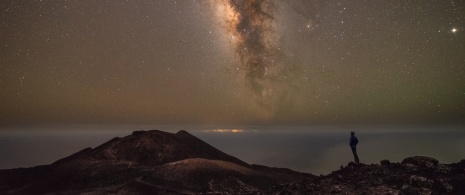
Explore trails and astronomical viewpoints
You can choose between several astronomical paths that run through much of La Palma, such as the Roque de los Muchachos route, the route of the stars, the route of the full moon or the route of the sun. These paths pass close to professional telescopes such as the Gran Telescopio de Canarias (the largest optical telescope in the world) or petroglyphs, which could be connected to the way ancient inhabitants related to the sky (solstices, equinoxes, etc.)Across the whole island you'll find up to 16 astronomical viewpoints in a wide variety of places such as Los Guirres beach, the San Antonio volcano or the imposing Caldera de Taburiente National Park. Each natural viewing point has panels with a different theme: constellations, planets, the Moon… Click here for information about each, and download a useful map. Always check road access and the state of each path before each trip, since some may have been cut off due to the last volcanic eruption.
-
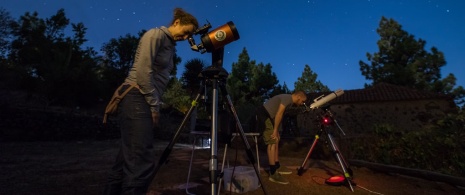
Having astroexperiences at the hands of a professional guide
Book one of your nights in La Palma so you can take a journey to the stars. That's what you’ll experience if you book an astronomical tour. It involves an outing to a dark point on the island where a guide will help you identify constellations, recognise other planets, investigate other galaxies... And all with the help of the most up-to-date telescopes.And it's not the only activity you’ll be able to enjoy. You can also sign up for an astrophotography route through the most photogenic landscapes of the island to practice night photography, or an archaeoastronomy tour in which you will discover how the first inhabitants of the island (the Awara) worshipped the Sun, the Moon and some stars.
-
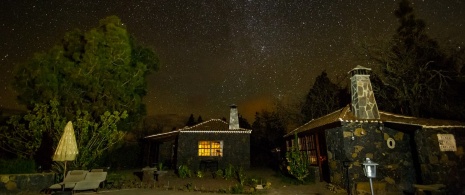
Staying at a Starlight establishment
Enjoying the night sky of La Palma is a unique experience. And doing it from the comfort of accommodation prepared for it is even better. On the island you will find different “astro-themed” hotels and country house lodges. This means that they have instruments for observing the sky such as telescopes, binoculars, etc.In addition, you will see that these accommodations are located in points of the island completely away from any light pollution and from which wide panoramic views of the sky can be enjoyed.
-
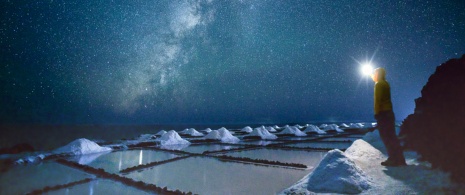
“Eat up the sun”
Do you want to eat up the Sun, see and taste the atmosphere of some planets and gases of nebulae? This is what you will get, for example, with a themed menu from some of the island's restaurants that are also committed to astrotourism.You will find this type of restaurants in different parts of the island: from a salt farm in the southern end of La Palma to outdoor seating areas with sea views.Some of them are equipped with telescopes, binoculars, constellation image projections, astrophotos...As a lover of good gastronomy, you can also visit a Starlight winery, where they will give you a taste of a wonderful typical wine of the island while they explain the night sky to you.
-
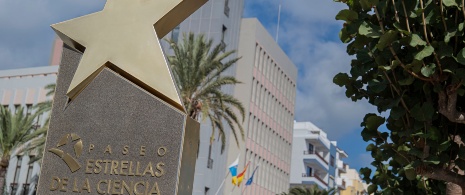
Take a stroll down the stars of science walk.
You will find it in the capital, Santa Cruz de La Palma, at the start of avenida Marítima. Here the stars do not belong to the world of cinema, instead being a tribute to figures such as Stephen Hawking, Samuel C.C. Ting, Takkaki Kajita or Aleksei Leonov. Take a minute to calmly observe the sky. Few places in the world have as many options to enjoy it as La Palma.
Travel plans for inspiring you








